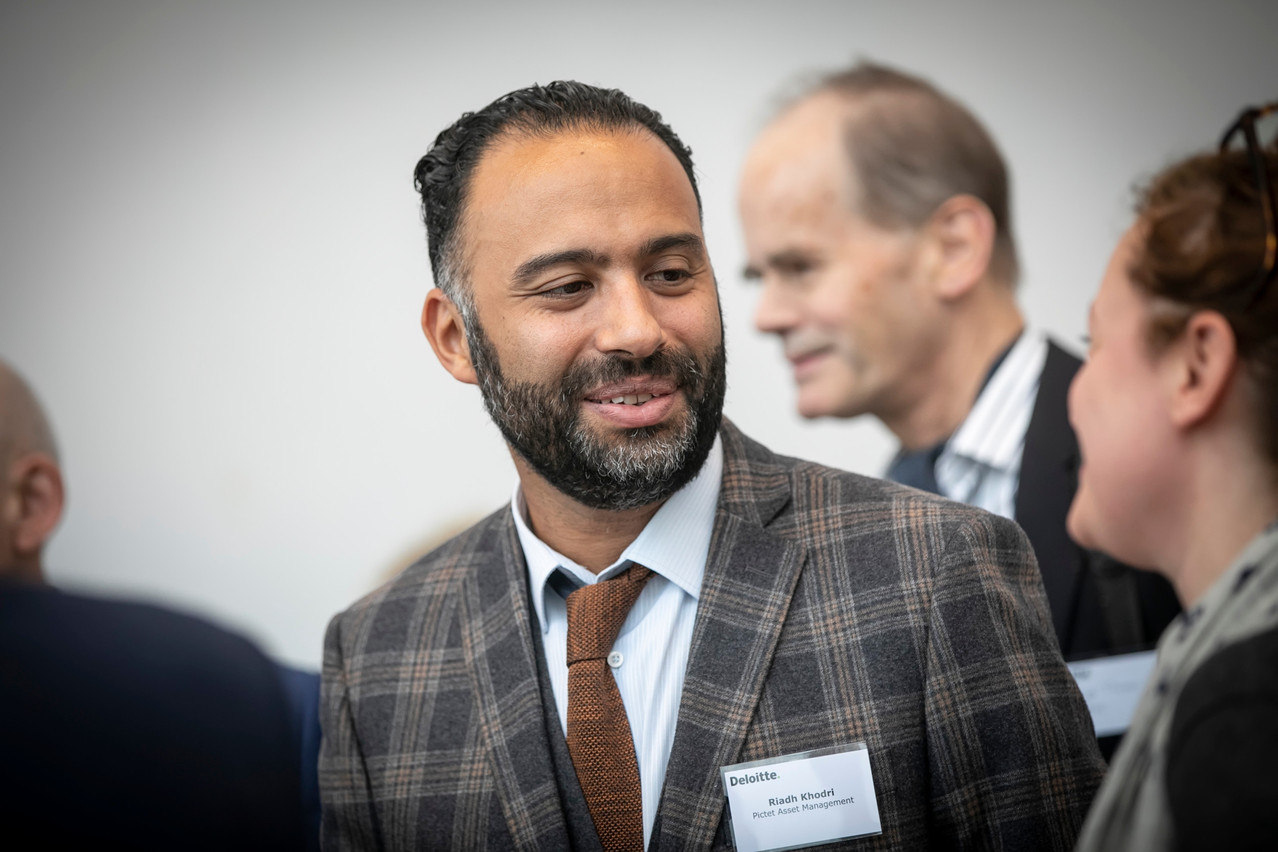“Bank security and control is in our DNA,” said Anne Goujon, head of data science laboratory at BGL BNP Paribas, on Wednesday. She explained that their AI-anti-fraud tool helped reducing false alerts by 75% and they increase detection rates to a level above 90%, “an efficient standard control process.”
BGL is focussed on customer experience by using virtual assistant tools, “a path followed by many banks,” stated Goujon. She suggested that the next phase is to have a system that “understand what you are talking about, what you want, what is your intention… [and linking them] with all the different applications of the bank.”
Christophe Atten, data science team lead at the state savings bank Spuerkeess, noted that it has been using AI since 2016 to improve customer experience that helped in providing more information to clients and to offer more innovative services faster. In 2018, Spuerkeess’s new tool enabled the categorisation of customer transactions. Consequently, the system could propose to clients that “maybe you’re interested in this new product, we think it might be fit for you.” He suggested that 85% of clients bought one of the top three products in the next days.
Push to virtually assist
The tools Spuerkeess use nowadays internally and for clients are no longer just chatbots but rather more virtual assistants “to do stuff faster and make them simpler,” stated Atten. For instance, an AI system helps the bank process bank loans within seconds under certain criteria, while complex cases are relayed to an agent. Training staff is key to ensure that “they know what they are talking about and in which circumstance one can use [AI].”
You have to choose the [use case] that will bring a technological [breakthrough] from which you can generalise afterwards
“We launched an internal GenAI-ChatGPT tool called ‘one chat’, a joint venture with a fintech” startup, said Riadh Khodri, chief of staff at Pictet in Luxembourg. He explained that the internal model, a virtual assistant uses secured data. The tool has been made available for their 5,000 employees globally, which includes 800 staff in Luxembourg. The goal is to improve their daily jobs in “asset management, asset services, wealth management, logistics, and you name it, everywhere.”
Exploratory ways to implements AI
“A central person [responsible for the technology] between the learning development team, HR and the leadership teams is fundamental to drive changes,” stated Khodri. For example, an internal champion who can tell different departments, “Work on this demo, flag the use case and let’s have a workshop and we’ll see how we can upskill on this tool.” He noted that discussion resulted in the submission of new use cases thanks to the creativity of employees and the fact that they could see the added value. Pictet noticed that users used to save one hour a week whereas now it is two hours. “A huge improvement in productivity.”
Atten thinks that it all about having discussion between the business and the AI experts. “We know how to use their knowledge and to transform it… but they have to explain first, what they want to do… [businesses] often come with an idea, and they are leaving the room with another idea.” It is then a matter of prioritisation.
Goujon stressed that you must be very selective on the transformative use case. “You have to choose the [use case] that will bring a technological [breakthrough] from which you can generalise afterwards.”
Building on experience
“We have now a shared prompting library… [where one] can find the best prompt for your use case,” said Khodri. He explained that Pictet now has someone classifying prompts with the help of GenAI.
Read also
On new cases, Khodri commented that they go as far as asking GenAI “how to do it.” Interestingly, he expressed the wish to share best practices across the financial centre given their common challenges.
Adoption challenges
“In the past, the adoption challenge was much more present than nowadays,” said Atten. Despite good statistical data supporting their initial model on internal sales, Pictet suffered pushbacks as “it was not 100% good.”
A main challenge nowadays is to ensure accurate data despite the large amount to process. “It [must] be correct, because afterwards our predictions will be wrong,” stated Atten.
From integrating legacy systems to new AI regulation
After the challenge of integrating AI to legacy systems of banks, Atten mentioned that the new challenges are related to governance on the back of the upcoming “” a development that raises questions on the return on investment of AI given the need to comply with these new rules.
